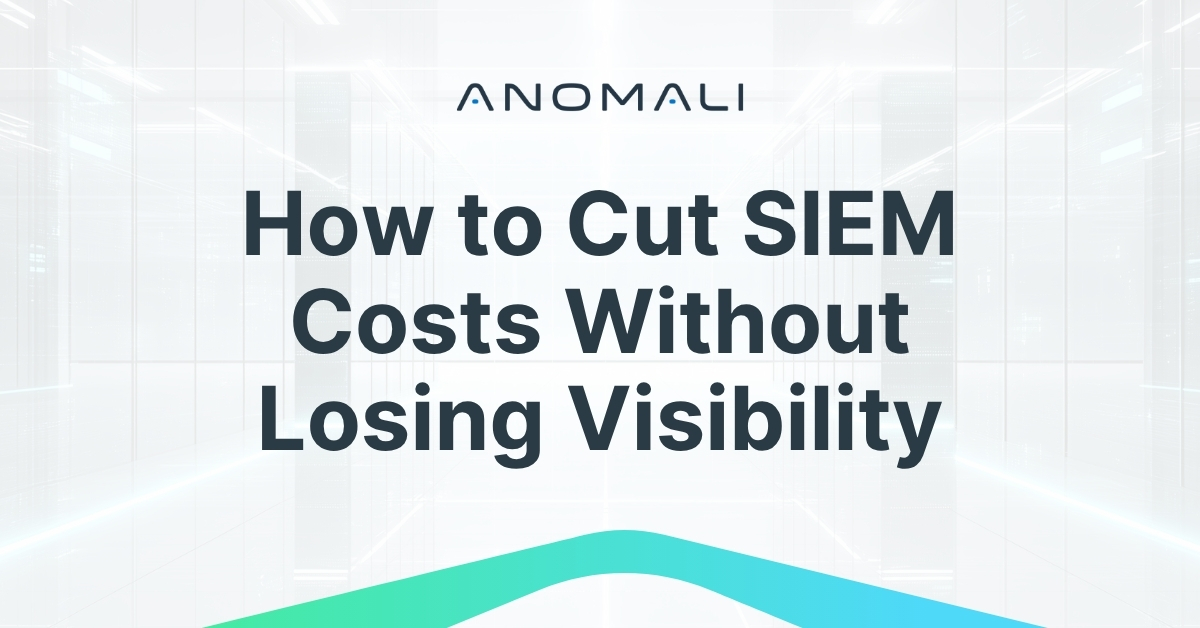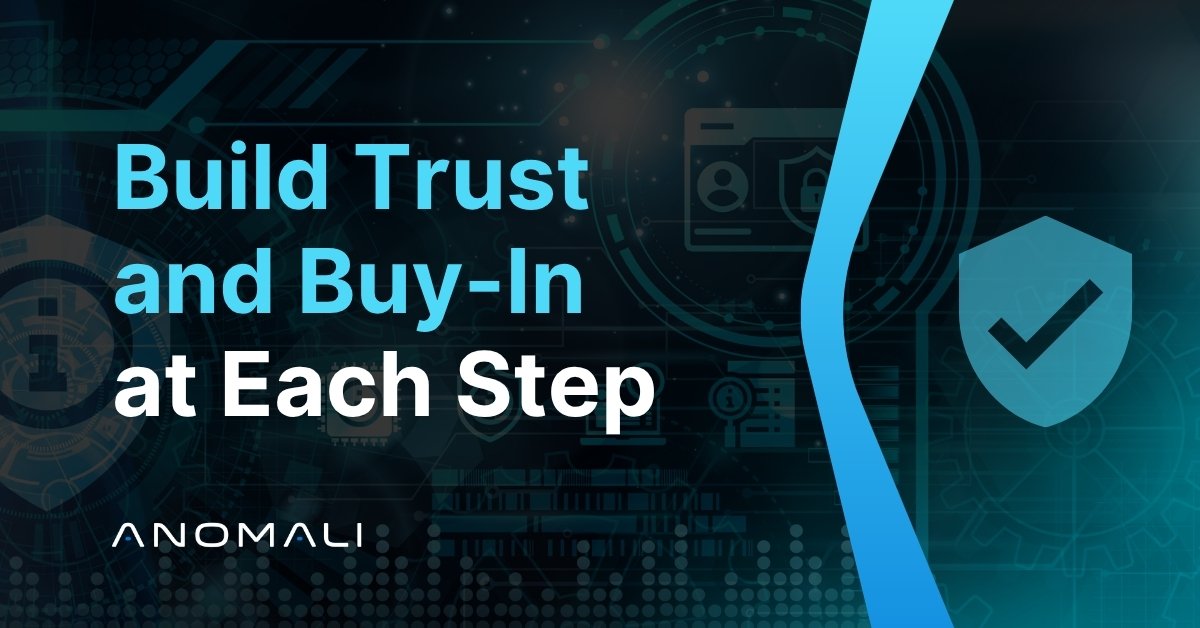SIEM Data Management: 5 Tips from an Expert
The head of cyber fusion at a leading financial information and market intelligence provider shares his wisdom from more than two decades in cybersecurity.

.jpeg)
A SIEM is only as strong as its data. Blind spots foster bad intelligence, misled actions, and a weakened security posture. But storing the terabytes — even petabytes — of logs that a SIEM needs to reference has skyrocketed costs. As a result, some CISOs have self-imposed blind spots by trimming down logs, losing telemetry that could help detect threat actors.
“Making cost-driven decisions like that isn't a viable approach for a CISO,” says the the head of cyber fusion at a leading financial information and market intelligence provider. “If a breach happens, and you don’t have the right telemetry because you sacrificed it for cost savings, that’s a huge risk.”
We recently sat down with this Anomali customer — a cybersecurity veteran with more than two decades of experience — to get his take on what smart data management looks like for SIEMs in the era of data overload, AI threats, and intense budget scrutiny.
Tip 1: Rethink the Purpose of Logging
SIEMs were originally designed as long-term storage platforms. But technical sprawl and an increasingly complex security stack have fueled a data explosion, driving up costs of these legacy platforms. “You’re paying to store everything,” says the head of cyber fusion. “But SIEM should be your most expensive storage tier. That means only data that needs frequent correlation or threat detection should stay in the hot tier.”
He argues that security leaders need to fundamentally rethink the purpose of logging from a compliance requirement to a threat management resource. With this change in philosophy, they can make changes to their data architecture that will rein in spiralling costs and power timely threat detection and response.
Tip 2: Correlate Logs with Threat Intel for Better ROI
Analyzing logs against actionable threat intelligence is a force multiplier, according to the head of cyber fusion. This process of correlation surfaces investigations for SOC and cyber defense teams to pursue and continuously identifies risk. “That’s how you proactively defend your organization and get ROI on the cost of log retention,” he says. “Logs become interactive, delivering threat insights and improving your organization's security posture.”
Tip 3: Unify Security and IT Observability
For threat management purposes, the line between security and IT observability has grown paper thin. Organizations need visibility into both domains in order to understand the full context of their attack surface.
Bringing together security and IT observability out of their silos and into an open, unified data lake enhances your ability to detect threat actors and defend your organization.
Tip 4: Create a Tiered Data Architecture
While a data lake gives SIEMs breadth of visibility, tiered data architecture gives cost-effective depth. Tiers are driven by use case, decoupling storage from compute:
- Logs that need frequent correlation with threat intelligence (e.g., firewall logs) should be kept in the hot tier of the SIEM to enable real-time detection.
- Compliance and forensic data can be moved into a lower-cost tier.
“We’re moving away from monolithic SIEMs into intelligent, use-case-driven architectures with lower costs,” says the head of cyber fusion. “Solutions like Anomali support this tiered storage model.”
Tip 5: Apply AI
“There’s an AI for that,” has become the new, “There’s an app for that.” Threats have certainly enlisted AI to carry out attacks; organizations need AI to rapidly and successfully defend those attacks.
The strong data foundation outlined in previous tips gives AI the details and context it needs to deliver actionable intelligence. “You need the power of AI to compute and correlate at scale,” says the head of cyber fusion. “These AI-powered systems can do the heavy lifting and provide meaningful telemetry to both security and IT observability teams.”
Applying AI to hot tier SIEM data enables teams to:
- Interrogate their data against threat intelligence and get answers in an instant—no rehydrating or reparsing
- Query data in plain English with no complex scripting required
- Get high-level executive summaries as well as in-depth details to understand what’s driving risk
SIEM data management may not be glamorous, but it's vital work that ensures proactive defense, rapid threat response, and controlled costs without sacrificing visibility.
See these SIEM data management tips and more in action by scheduling a demo now.
Discover More About Anomali
Get the latest news about cybersecurity, threat intelligence, and Anomali's Security and IT Operations platform.
Propel your mission with amplified visibility, analytics, and AI.
Learn how Anomali can help you cost-effectively improve your security posture.




